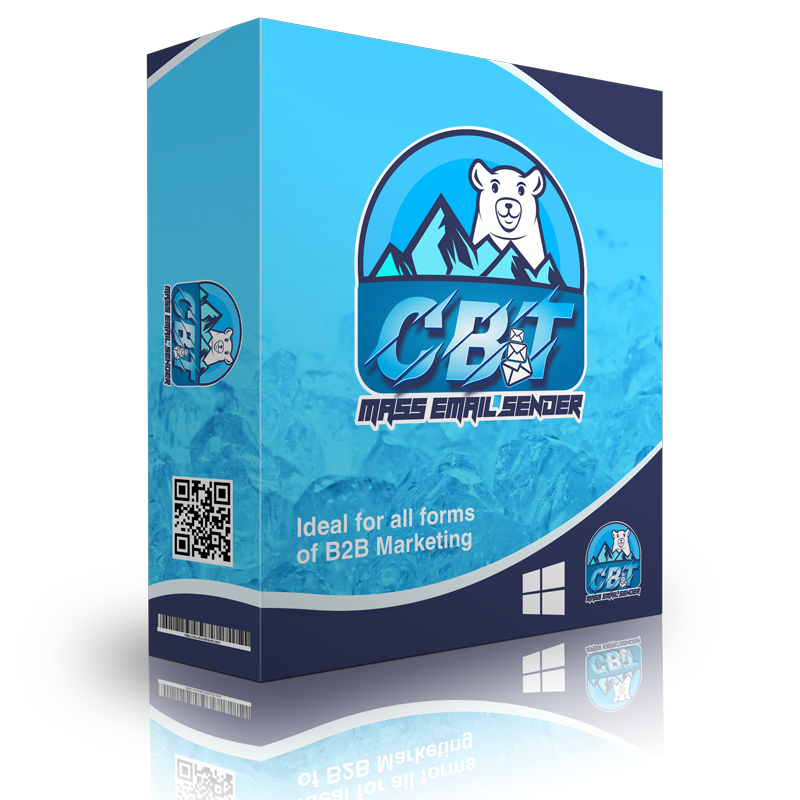Most reliable bulk email sender desktop software? Everyone likes to belong to a special group, especially email consumers who like exclusive perks. Your customers aren’t all the same, and the one-size-fits-all approach doesn’t work. Use your email campaigns to drive home the message that your customers are unique and important to your business. Whether you’re giving a section of customers a sneak peek into an upcoming product launch, or simply rewarding them for being loyal customers, they all love a sweet deal. Volkswagen offers email subscribers free movie tickets several times a year. Starbucks gives their gold members free drinks around the holidays. As a small business, you might not be able to go around giving free stuff to your customers, but a little something extra can go a long way. Rewarding your customers is a nice gesture, and from your side, it’s a great way to accelerate your marketing goals. Everybody wins. It’s easy to get caught up in the intricacies of building out an email marketing campaign that works for your customers and your business. There’s a lot of learning involved, but there’s also a lot of opportunity to communicate with your customers, rather than just sending emails all the time.
If you’re entirely new to email marketing, we suggest you start with our guide to email marketing before coming back and implementing these email marketing tips to increase open rates. If you’re familiar with email marketing already, let’s get started off on the same page with a quick definition of what an email open rate actually is and what a typical open rate looks like. What Is an Email Open Rate? An open rate in email marketing is the percentage of the total times your email campaign was opened by subscribers. This is a pretty simple formula: Email open rates are often shown with other email marketing metrics like click-through rates, bounce rates, and unsubscribe rates, but open rates are a pretty important starting point for understanding how your email marketing campaigns are performing and where they can be improved. If you have a low email open rate, for instance, you can then test your subject lines, sender name, or any number of other details that might impact your campaign performance. You might also take a look at how often you’re sending emails to make sure you’re not overwhelming your subscribers.
CBT Mass Email Sender as a very robust set of filters that will enable you to add domains, keywords and characters to the blacklist. CBT Bulk Email Sender will then skip all the email addresses containing any of the keywords inside your blacklist. You can also add blacklisted emails to your blacklist. These can be the people who have unsubscribed from your emails or simply do not want to be contacted. You may want to exclude emails with the following: spam, copyright, dmca, subscribe, example, domain, john.doe, example, company, host, proxy, $, %, mailto:, .gov, etc. You can also skip email addresses with more than X number of characters and only send one email per company domain name. Read additional information on Sendinblue.
In order to achieve a high inbox rate, you need to ensure that your message is unique on every send. Otherwise, if you are sending the same message to thousands upon thousands of recipients, your message is likely to be flagged up by sophisticated spam filters and never reach the inbox. To overcome this, we have added macros, spintax format and formatting features. You can import the databases that you have scraped using CBT Web Scraper and Email Extractor and then use corresponding macros inside your message. For example, a macro such as %companyname% will replace %companyname% with the company name of each company inside the Excel spreadsheet. This feature is a great way of generating personal and highly targeted messages. You can also add text in spintax format to ensure that your email is unique on every send. Spintax format supports curly brackets and pipes. For example, Hi. You can also format your messages for an added visual impact.

After you segment your users and identify what they most likely want to see from you, you can create personalized, targeted marketing messages for those users. This goes beyond simply adding the subscriber’s name to your subject line, though that’s a pretty easy place to start. Plus, emails with a first name in the subject line can increase open rates by 26%! To do this, start by defining your most valuable audience. Are they customers who’ve made more than two purchases from you in the past year? Or maybe they’re customers who’ve either made more than two purchases or who have spent more than $100 with you in the past year. No matter who they are, create a segment just for those most valuable people. Repeat for all segments you want to target. Once you have your segments created, think about what kind of content those people might want to get from you (and what you want them to do). For your most loyal customers, they’d probably like to get exclusive promotional offers or get to know about your new products and services before anyone else. A past customer who hasn’t purchased from you in six months might need a little discount to bring them back in. See more details at this website.